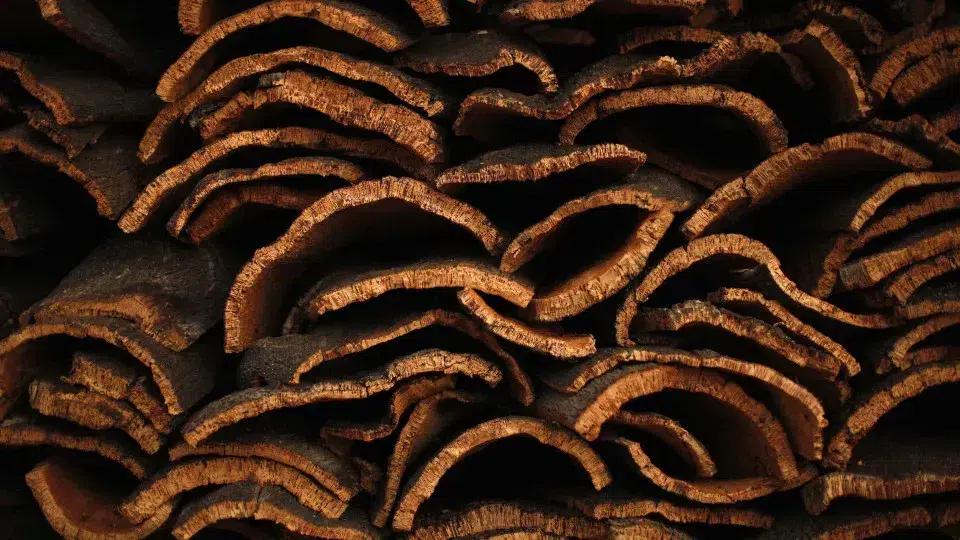
According to data released by Companhia das Lezírias, production exceeded expectations. Initially, 45,000 arrobas—approximately 675 tons—were anticipated, but the bountiful spring rains allowed the trees to be more productive, explained the company’s Chairman, Eduardo Oliveira e Sousa.
“This year we included areas with irregular extraction, made possible by favorable atmospheric conditions. We had a good spring in terms of precipitation, which means there is stored water in the soil, and the trees responded by producing more cork,” he detailed.
Despite the increase in production from 45,000 to 52,000 arrobas, the economic outcome might be lower than in 2024, due to a substantial drop in cork prices.
“The economic result is likely to be less than it was in 2024,” lamented the chairman, attributing the price drop to the surplus of cork in the industry and the instability of international markets.
“The wars have hindered commercial exchanges, and the tariffs announced by the United States have also caused disruptions in the commercial environment,” he added.
Despite the price drop, Portugal remains a leader in cork exports: It is the largest producer, and the national industry, notably Grupo Amorim, continues to lead globally.
“Portuguese cork is present in diverse applications such as stoppers, flooring, automotive parts, surfboards, and even Space Shuttle components,” enumerated Eduardo.
One of the challenges highlighted by Eduardo Oliveira e Sousa is the aging of skilled cork-tapping labor, an art that demands expertise and faces difficulties in generational renewal.
“It’s a demanding activity that requires deep knowledge of the tree and the cork. Fewer young people are learning this craft,” he warned.
Besides the aging workforce, Eduardo Oliveira e Sousa acknowledges other market challenges, such as business concentration, which has reduced the number of available buyers.
“The industry must unite and realize it needs to increase the purchase value to ensure supply,” he stated, adding that this year’s value is the same as 20 years ago.
“The farmer is losing money with a product of excellence.”
Nevertheless, he believes that Portuguese cork will continue to be valued but stresses the importance of maintaining a “balance between production and marketing.”
“Without this balance, the risk of devaluation increases—along with producer demotivation,” he concluded.
Companhia das Lezírias occupies a diverse territory between the Tagus and Sorraia rivers, divided by the Reta do Cabo (E.N.10) into Lezíria Norte and Lezíria Sul.
Aside from cork, the company cultivates rice in several areas, such as the Pauis de Magos, Belmonte, and Lavouras, totaling about 1,500 hectares.
In Charneca do Infantado and Pauis, direct exploitation also includes corn, vineyards, and olive groves, in an area exceeding 11,000 hectares.



